Your vital organs—screened
Scan your body for potential cancer and 500+ conditions in up to 13 organs.



Our scan is designed to















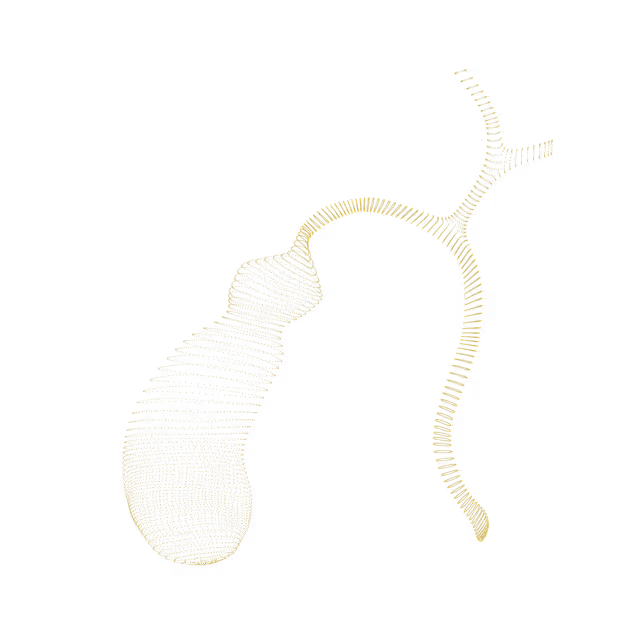
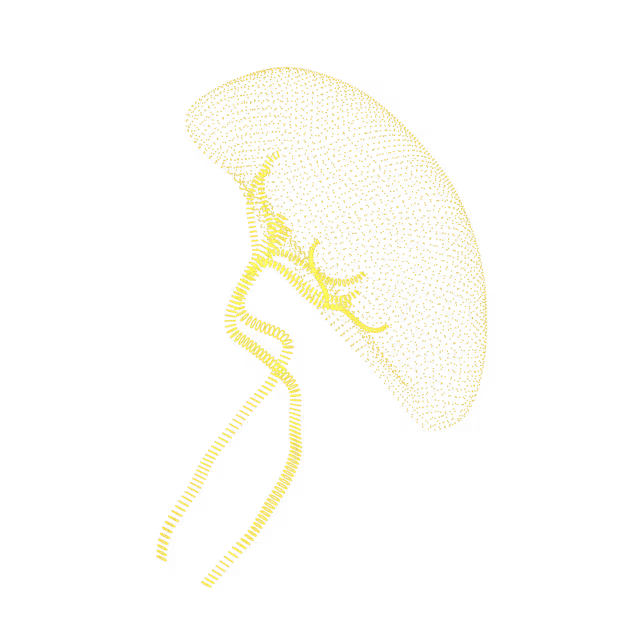

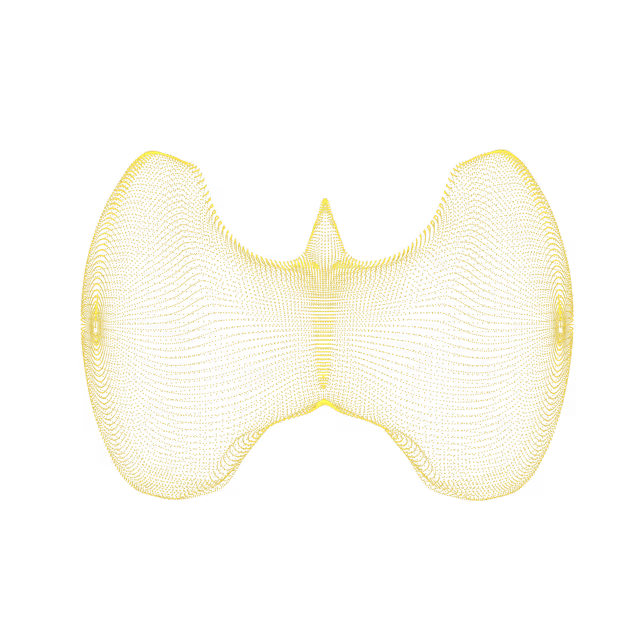

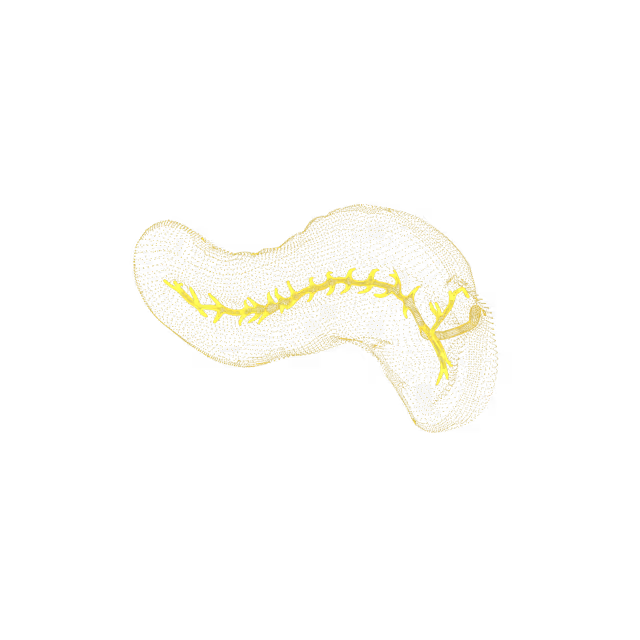

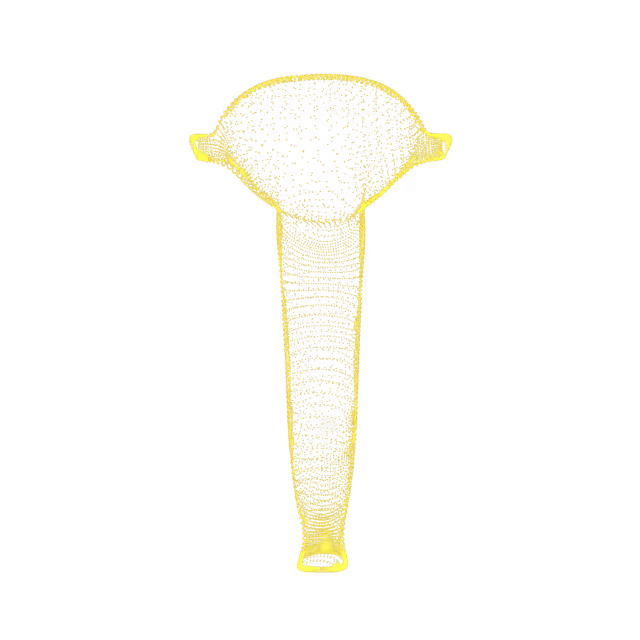



Hepatomegaly means that the liver is enlarged. In adults, the liver normally has a span around 15 cm. The causes for hepatomegaly are varied and include infection, heart failure, cirrhosis and toxin consumption (i.e. alcohol, medication such as Tylenol, and supplements).
Hepatocellular adenoma is an uncommon, benign (non-cancerous) liver lesion. It has been associated with the use of estrogen-containing medications (e.g. oral contraceptives), anabolic steroids, obesity, metabolic syndrome (e.g. diabetes), and certain genetic syndromes. Hepatic adenomas may be asymptomatic (do not cause symptoms) or may cause symptoms of right upper abdominal pain, nausea, and the sensation of feeling full.
Hepatosplenomegaly means that both the liver and the spleen are enlarged. The liver and spleen are connected via the portal vein system. When there is a problem in one organ, it can also cause a problem in the other. The causes for hepatosplenomegaly are varied, and include obesity, infection, anemia, heart failure, cirrhosis, and leukemia/lymphoma (blood cell cancers).
Focal nodular hyperplasia (FNH) is a benign (non-cancerous) lesion that consists of liver cells surrounding a central scar. While the exact cause of FNH is unknown, it is thought to occur as a response to arterial malformations (either acquired or present at birth) within the liver. FNH is the second most prevalent liver lesion (the first being hemangioma), usually found incidentally on imaging, and typically does not cause symptoms or require treatment.
Iron is an important nutrient that helps the hemoglobin in blood cells carry oxygen to the body's organs and tissues. Iron overload (hemochromatosis) is a disorder in which the body has too much iron build-up. This extra iron is stored in the joints and organs; if this process is not controlled, it can cause joint and organ damage and/or failure.
Masses are growths in the liver. They could be harmless and benign or something more significant such as cancer (e.g. hepatocellular carcinoma).
Polycystic liver disease (PLD) is characterized by the presence of multiple fluid-filled liver cysts. Although a clear definition of PLD is absent, current literature defines PLD as having more than 20 liver cysts.
The liver has two main portions - one right lobe and one left lobe. Sometimes the right lobe can have an anatomic variant where it appears to have a “tongue” that is still part of the right lobe and is called “Riedel's lobe.” It is a benign (non-cancerous) condition and no further evaluation or follow-up is needed.
A granuloma (a non-cancerous lesion that contains small abnormal clumps of cells) forms as a result of an inflammatory reaction in body tissues. Granulomas that are found in the liver are associated with inflammation caused by infection (e.g. mycobacterial infection), liver disorders (e.g. primary biliary cholangitis), and noninfectious causes (e.g. sarcoidosis, medication-induced liver injury).
Liver metastases are lesions seen in the liver caused by the spread of cancer from other organs to the liver.


© 2025 Ezra